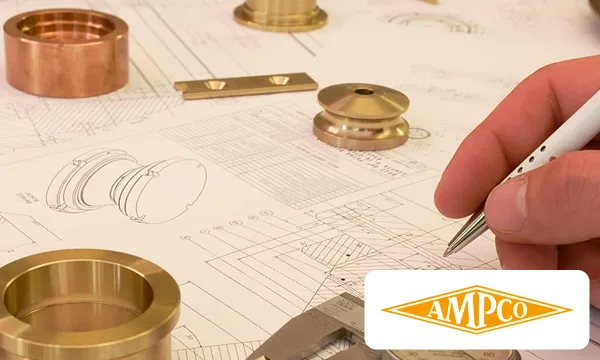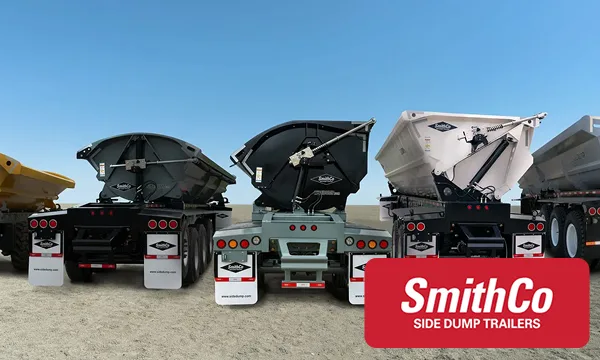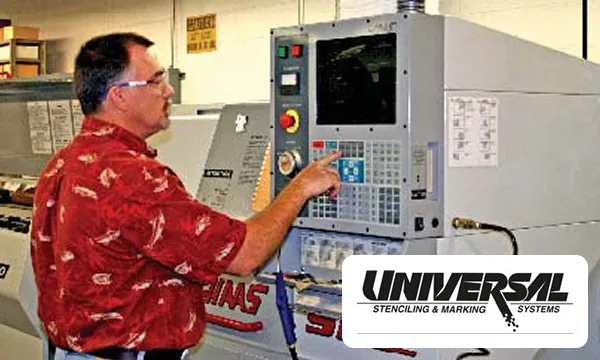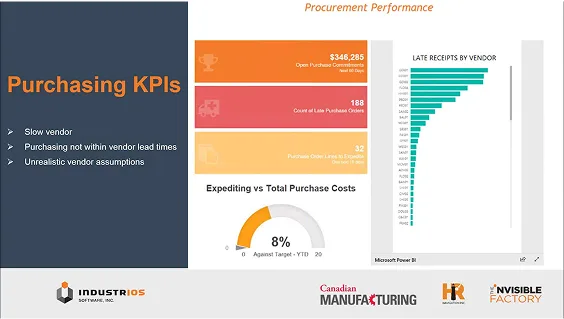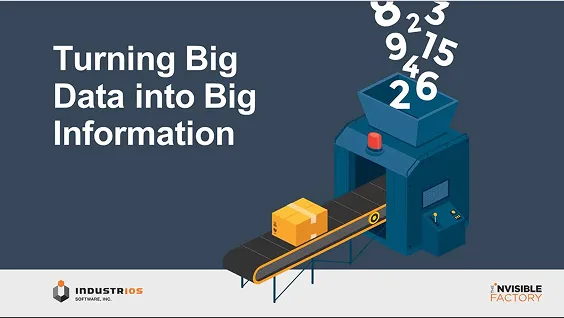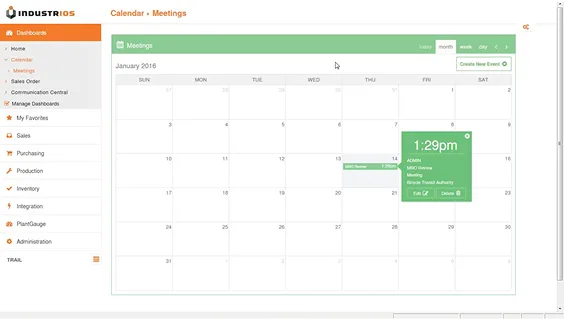EBOM vs. MBOM: Why CAD-ERP Integration Is the Missing Link
Engineers meticulously design products, creating a detailed Engineering Bill of Materials (EBOM) outlining every component, tolerance, and material. But when that design hits the factory floor, the focus shifts. A Manufacturing Bill of Materials (MBOM) takes over, detailing sourcing, packaging, and production processes.
How do these two essential BOMs stay aligned? What are the key differences? And how can CAD-ERP integration ensure accurate information and smooth manufacturing?
Let’s break it down.

EBOM vs MBOM Guide
Understanding the difference between EBOM and MBOM is essential for aligning engineering and manufacturing processes. EBOM vs MBOM comparisons highlight how disconnected systems can create costly inefficiencies—especially without proper CAD-ERP integration.
What is an EBOM?
An EBOM is created during the design phase. It’s the foundation for a product’s structure, detailing all components, materials, and subassemblies as conceived by the engineering team.
Beyond a simple parts list, an EBOM provides a hierarchical breakdown with specifications, computer-aided design (CAD) models, and version history. It ensures every part meets engineering standards before production.
A well-structured EBOM helps organizations track design changes, manage iterations, and improve collaboration, reducing errors and speeding up time to market.
An EBOM typically includes:
- All components, subassemblies, and raw materials
- Details like part numbers, tolerances, and specifications
- Versions and iterations of the design
- CAD files and models
EBOMs are usually managed in a CAD or Product Data Management (PDM) system to maintain control and track development.
What is an MBOM?
A manufacturing BOM (MBOM) guides the manufacturing process, ensuring a smooth transition from design to production. Unlike an EBOM, which focuses on design, an MBOM is structured for mass production. It provides detailed guidance for planning, procurement, and inventory, helping manufacturers efficiently source materials, manage subassemblies, and allocate parts.
The MBOM expands on the EBOM by adding packaging materials, consumables, and instructions for Manufacturing Execution Systems (MES). It also integrates with ERP systems for resource planning and supply chain logistics. Aligning the EBOM and MBOM is crucial; discrepancies can cause costly production delays, material shortages, or quality issues. A well-structured MBOM reduces waste, improves manufacturing operations, and ensures the final product meets requirements.
An MBOM typically includes:
- All materials and packaging materials
- Subassemblies and their assembly sequence
- Work instructions for MES
- Integration with ERP systems for resource planning
- Allocation of parts to different workstations
The MBOM ensures materials are available when needed, reducing waste and improving supply chain efficiency.
EBOM vs MBOM: Key Differences
| Feature | EBOM | MBOM |
| Purpose: | Design and Engineering | Manufacturing and Production |
| Managed in: | CAD System | ERP System |
| Contains: | Engineering part, CAD models | Procurement details, materials, subassemblies |
| Used by: | Engineering teams | Manufacturing teams, operations, supply chain |
| Focus on: | Design accuracy | Manufacturing efficiency |
| Data source: | Engineering and CAD files | Production floor requirements |
The High Cost of Disconnected Systems
When EBOMs and MBOMs exist in isolation, several critical issues emerge:
- Manual data re-entry: Information must be transferred from CAD systems to ERP platforms, creating opportunities for costly human errors
- Version control problems: Changes made in engineering aren’t automatically reflected in manufacturing data
- Extended time-to-market: The EBOM to MBOM conversion process becomes a bottleneck
- Communication gaps: Engineering and manufacturing teams work with different product representations
Research shows that manufacturers spend an average of 20-30% of their engineering resources on data management tasks rather than value-adding design work—largely due to these disconnects.
CAD-ERP Integration: Making Design and Manufacturing Work Together
EBOMs and MBOMs are essential, but they live in different worlds. Design creates the eBOM, production relies on the MBOM. Keeping them synchronized is key to avoiding costly mistakes.
Without integration, you’ll likely face:
- Production Delays: Caused by inaccurate or outdated product information.
- Workflow Bottlenecks: Inconsistent processes that slow down manufacturing.
- Change Management Issues: Difficulty tracking and implementing design changes.
- Cost Overruns: Errors in ordering materials and managing inventory.
Integrating your CAD and ERP systems brings design, production, and financial data into alignment, creating a more efficient operation.
How INDUSTRIOS Bridges the Gap
INDUSTRIOS recognizes the critical importance of CAD-ERP integration in modern manufacturing environments. The company is actively evaluating potential integration partners to provide robust solutions for its customers.
While specific partnerships are still under consideration, INDUSTRIOS is committed to offering seamless integration capabilities that will bridge the gap between design and manufacturing processes.
The ideal CAD-ERP integration solution for INDUSTRIOS users would include features such as:
- Real-Time Data Flow: Automatic synchronization of BOMs, revisions, and other data between CAD and ERP systems.
- Error Resolution: A system to flag discrepancies in BOM data, allowing users to resolve issues before final synchronization.
- Customizable Integration: The ability for users to define rules and mappings without programming to tailor the integration to their specific needs.
- Comprehensive Data Support: Handling of BOMs, routings, raw materials, vendor information, and engineering change orders (ECOs).
Final Thoughts – EBOM vs MBOM
Understanding the difference between EBOM vs MBOM is no longer enough. You need to connect them. Integrating CAD and ERP creates a smoother, more efficient process – from initial design to final production. It’s a smart move for any manufacturer looking to improve quality and get products to market faster.


